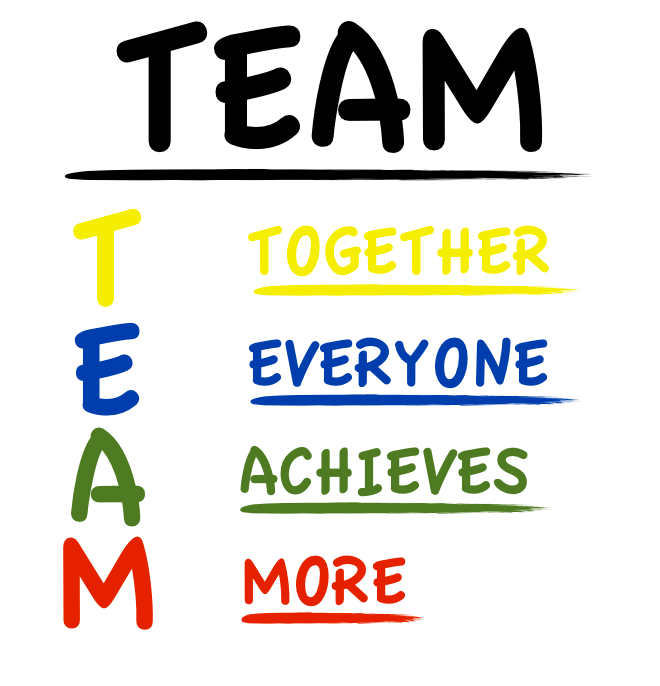
- Spend time building the team up front – then let the team do the work
- Stay calm when the going gets tough
- Create an environment for learning from mistakes
- Develop team members through effective coaching
Robert has studied airline crew teams, NASA teams, dental teams, surgical teams, sports teams, executive teams, legal teams, and many more for the last two decades – I have to respect his knowledge of this space.
So, as my mind works, I was comparing the leadership behaviors for high-performance teams against what we teach using agile methods to increase business value through improved customer interactions, increased team productivity, increased product innovation and the like.
So, how do agile methods stack up to Robert’s list of leadership behaviors?
- A core concept of agile methods we teach is in creating and guiding self-directed teams. While this is a rather abstract concept (and easier said than done) – it is virtually identical to what Robert is teaching. For a team to achieve high-performance, they must have the proper environment and must understand how to work together as a team. We guide leaders in setting teams up, how to provide them the proper resources, how to remove obstacles from their path, and most importantly, how to get out of the way and let the team do the work.
- What about remaining calm in the heat of battle? While this is a well understood leadership trait, there are specifics we teach using agile methods that help a leader achieve this behavior. We work with leaders to help regulate the workflow for their teams – essentially regulating their inputs and outputs. Business will always have external factors that will drive work spikes, deadlines, fear, uncertainty and doubt into leaders and their teams. Through iterative development techniques, we teach how creating regular intervals of small deliveries help create a balanced flow of business value through the team. Also through buffering the team from external factors – you aid in retaining a calm environment for your team to be productive.
- Learning from mistakes is the exact empirical process we teach through agile principles. Traditional software development methods create a plan and implemented a phased-based process to attempt to control uncertainty through a logical progression of understanding. Agile methods expect the unknown and use it as a continual learning and evolutionary process to develop software. We teach an empirical development process that allows for “mistakes” to happen and are a required part of the innovative solution discovery process. Agile methods recognize that innovative products require a collaborative, exploratory process where learning bests occurs from experiences – especially failed learned experiences.
- Effective coaching of team members is critical in any business. While it is a rather basic concept, it is not generally practiced in software development teams any more than other industries. Robert indicated that you should provide four praises for every criticism of a team member. That is, you should congratulate your team members four times for every time you criticize their work. This ratio is based on the fact that even average employees will get about 80% of their work right. If you are not recognizing that 80% and only focus on the other 20%, you are sending them the wrong signal. Sometimes it takes an external perspective to help recognize and teach effective coaching. While we teach this in our coaching sessions, it is not limited to agile methods.
A final note about creating high-performing teams. It is a fallacy to expect for your team members to give 100% effort 100% of the time. Yet, this is the mantra that many leaders and coaches push to achieve high-performance. A team that works together smartly will out perform a team of individuals each running at 100%. One example of this is the muscles in your heart. As a team, each muscle must contribute to help push blood through your body. Yet, if every muscle was to give 100% effort 100% of the time, every muscle would be fully contracted and no blood would flow. A high-performing heart requires half of the heart is completely relaxed at any one time. Give your teams the slack they need to become a high-performing team.
